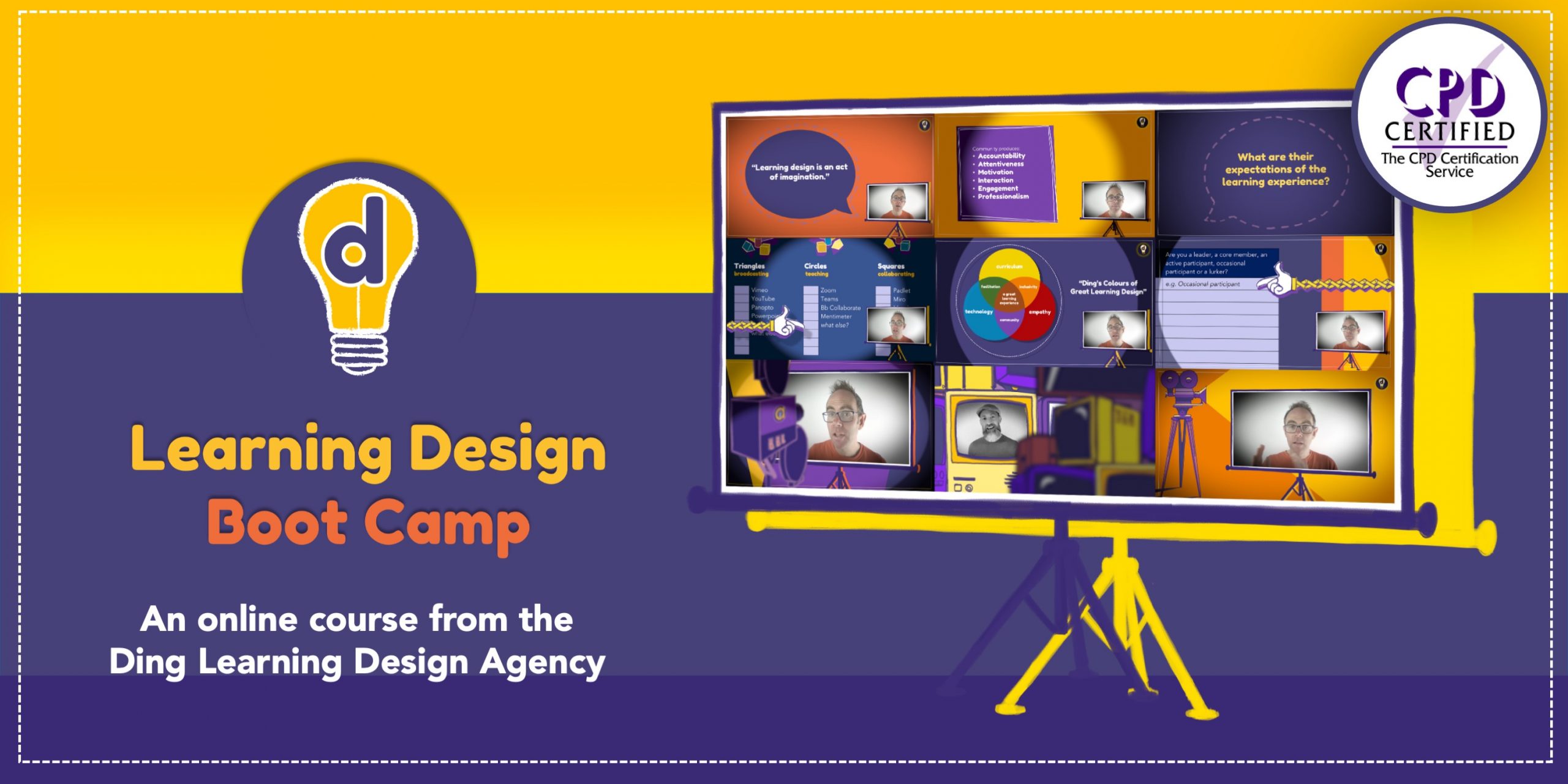We are trying harder than you can imagine,’ says dyspraxic teacher Kerry Pace (2015). She suggests that we – non-dyspraxics – might think about how we feel when we’re exhausted: the things we drop or spill or bump into, the overwhelming magnitude of a huge task ahead of us, the effort to do anything at all.
Our dyspraxic students may feel like that a great deal of the time – and they’re not, as Pace says, helped by ‘the tuts and sighs’ they hear around them. And nor is their self-esteem.
They may keep quiet too – if not about their dyspraxia, then about the extent of it.
‘There is an unspoken myth that if you have dyspraxia “badly enough” then dyspraxia will be identified when a child.’ (Pace, 2015)
This may mean that those identified as dyspraxic at university or later feel they ought to be able to cope, that clearly their dyspraxia is mild. There is also a likelihood of co-occurring differences: dyslexia and ADHD (only 10% of dyspraxics are purely so, and if they have ADHD, 16% of them may also be autistic).
These are people for the most part ‘caged in chaos’ (Briggs, 2005) who, from Madeleine Portwood’s researches, may have a history of ‘…school failure, virtually non-existent self-esteem, feelings of total exclusion from society and, in some cases, extreme loneliness’ (1999:171). At university or in apprenticeships, they will probably have difficulties with literacy, planning and organisation, working memory, speed of working, spoken language, visual perceptual and spatial skills (but see the fuller description below).
Using learning design to support dyspraxia
So what can we, as teachers and course designers, do to support our dyspraxic students? The golden rule applies: if we make courses dyslexia-friendly, we’re probably helping everyone else (for more on this, see our article Anticipating dyslexia benefits all learners.) And that’s a good starting point. Then:
- Ensure you explain the most important learning outcomes at the beginning of every session (most of us need the whole picture at the outset in order to understand) and, for dyspraxics, at the end of sessions too. This is good teaching practice, and can be reinforced by learning designers when developing session plans and presentations.
- Provide instructions in clear, simple language and in small chunks. Providing more than two tasks at a time may overload working memory and create a feeling of impossibility. Ensure instructions are simply explained in a back-up document. Use bullet points, diagrams too where appropriate. (It is useful to return to the British Dyslexia Association Style Guide here).
- Include regular, short breaks in your sessions. This benefits all students but is vital for dyspraxics, who can so easily feel overwhelmed – and a consequence of this is their self-esteem will feel threatened.
- Build in time for ‘over-learning’ in the sessions you create. Dyspraxics may need to practice something over and over again before they get it, and ‘over-learning’ is a term used to describe this repetition. And as Colley (n.d.) says, ‘Repetition is … very important’.
Creating accessible resources
- Provide any notes and handouts before lectures or live sessions. This is another tactic which benefits all students, as it allows time to look up unfamiliar words and concepts, and also enables learners to mentally prepare for the session.
- Prioritise resources in the Resource List. This will help autistic students too, and many other students who have difficulty with the difference between ‘essential’ and ‘recommended’.
Much (all?) of this support will make a lot of other students happy. When you’re weighed down by mental health problems, for example, it can be difficult to focus and understand; you may be dragging yourself to class in a fog of misery, while struggling with low confidence.
Pace (2015) says, ‘We are trying harder than you can imagine, so my top tip is praise the effort not the outcome.’ Incorporating this into course design may require some ingenuity.
Common associated difficulties of dyspraxia in adulthood
Adults in college and university commonly have the following difficulties in their studies:
Literacy
- absorbing information from text, so while reading accuracy is often proficient, reading comprehension tends to be slow
- coordinating and synchronising information from different sources
- planning and organising thought for writing
- creating structure in writing
- extracting key points, so making notes
Planning and Organisational Ability
- planning and organising thought and activity
- creating structure, particularly where variables need to be considered
- multi-tasking
- creating schedules
- managing time
- prioritising tasks and action
- managing changes to routine and planned sequences
- adapting to new or unpredictable situations
Working Memory Weaknesses
- working under timed conditions
- slow handwriting / typing speeds
Slow speeds of working will increase the demands made on memory.
Spoken Language
- assembling words quickly
- organising language effectively for clear expression
- explaining ideas accurately and concisely
- following spoken instructions
- following and absorbing information from tutorials, seminars and lectures
- assimilating information quickly
- taking notes
Visual perception and spatial skills
- analysing and interpreting visual information at speed
- tracking text accurately
- transferring visual attention from one object to another quickly
- left/right orientation, direction, map-reading
- learning the spatial layout of a new environment or building quickly
- judging distance, speed and time
- being aware of body position in relation to the surrounding environment.
SASC, March 2012
You might also like:
-
Biggs V. (2005) Caged in Chaos: a dyspraxic guide to breaking free London, Jessica Kingsley
-
Colley, M. (n.d.) Neurodiversity and dyspraxia.
-
Pace, K. (2015) My personal experiences of dyspraxia management strategies and resources for all. The AHEAD Journal 2
-
Portwood, M. (1999) Dyspraxia: Identification and Intervention. 2nd edition. London, David Fulton
Thank you to:
- Ray Martin for help with researching and producing this article.
- Bady Abbas on Unsplash for a fabulous photo!
Interested in learning design?
Then you might like our Learning Design Bootcamp.
Download the brochure to find out about the activities and assignments, and have a look at some of the course videos
You can also book a call with the Ding team who will answer all your questions!




Trackbacks/Pingbacks